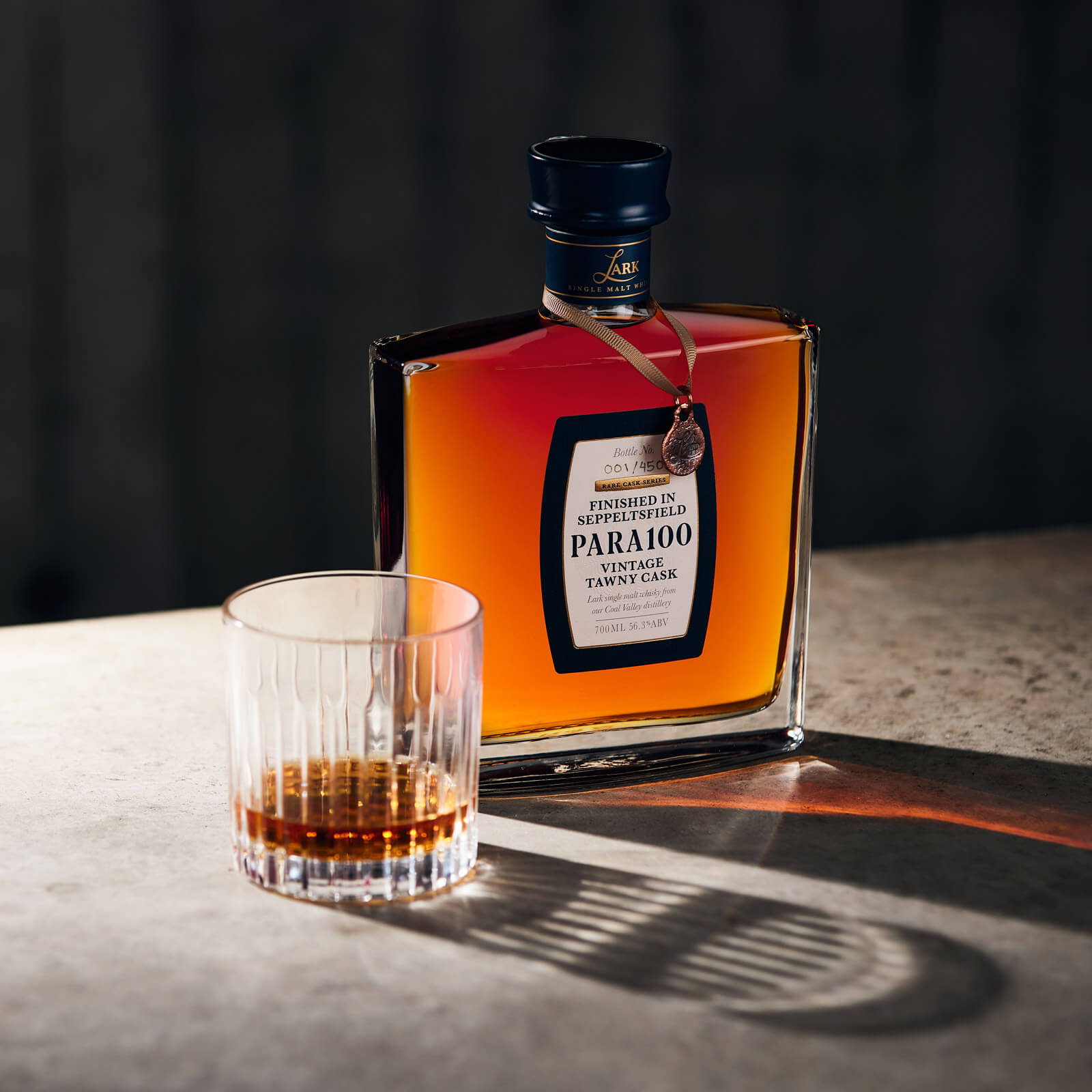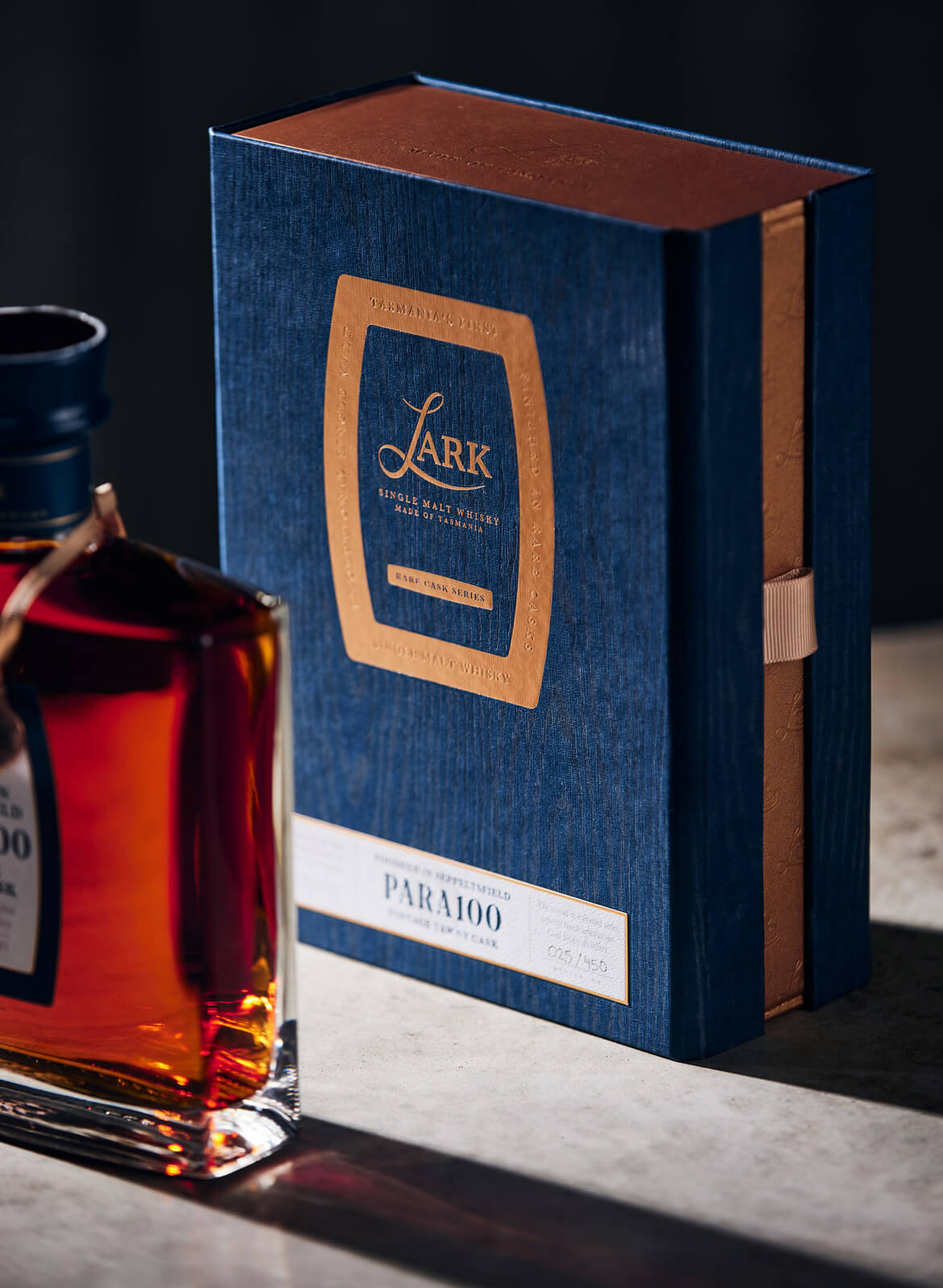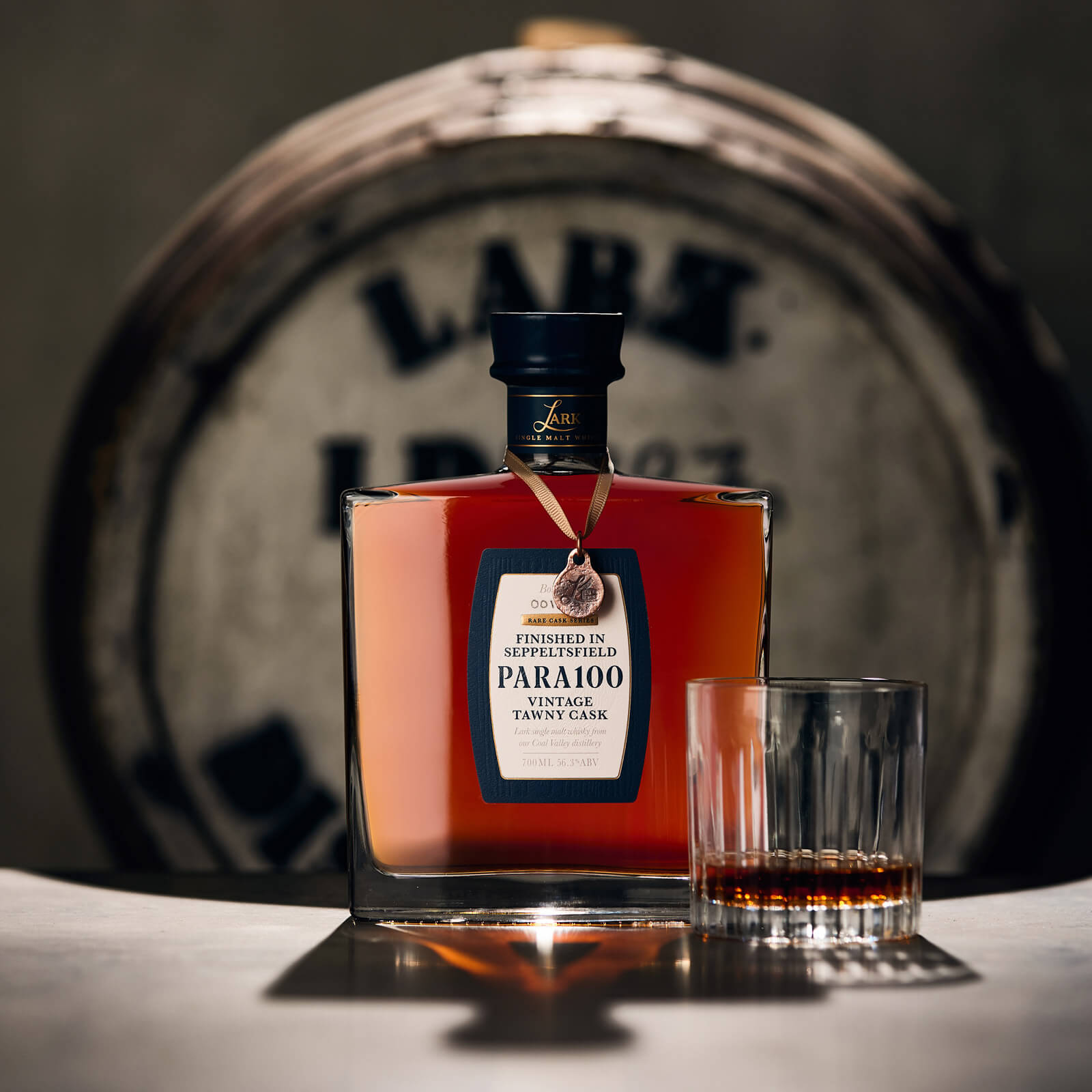by Ken Gargett
One of the earlier pieces I did for Quill & Pad was on one of the world’s most extraordinary wines, the Seppeltsfield 100-Year-Old Para Vintage Tawny port. I am not doing a reprise of that here, but it is very relevant to today’s focus.
That wine, the 100-Year-Old Para Vintage Tawny, exists only thanks to the amazing vision of one man, Benno Seppelt, who was descended from another visionary, Joseph Seppelt, an immigrant from Silesia who arrived in South Australia with his wife, Johanna, and purchased 158 acres in the Barossa Valley for £1 per acre.
Their intention was to grow tobacco. However, it did not take long before he realized that the family’s energies were better spent growing grapes and making wine. The Seppelts’ fabulous winery is still in operation today, and the massive palms that line certain Barossa streets are thanks to the family’s foresight as well.
Benno Seppelt, a rather odd cove by all accounts – he wandered vineyards with an umbrella and a violin – was a gifted winemaker, but he will be best remembered for an idea he had, one that would not benefit him or indeed anyone in the family (the winery has changed hands several times since those days).
In 1878, Benno decided to fill a barrel with top-notch Barossa fortified wine. That was not so uncommon at the time, but what made this unique was that Benno gave strict instructions that the barrel was not to be touched for 100 years. The following year, he laid down another barrel. And every year since (they expanded to two barrels at some stage in the early days when they realized that evaporation over 100 years might leave precious little of the liquid). To their credit, all those who followed adhered to Benno’s wishes.
And so, in the 1970s, it was time to unveil the first barrel and bottle it. This was 1978. And every year since.
These days, the bottles are not the full 750 ml (wisely, partly as at $2,000 for a half, full bottles would be somewhat prohibitive, but also because a full bottle is simply overkill, so intense is the wine). They are truly extraordinary wines, incredibly intense. A tiny sip explodes in flavor, and the taste will stay with you for a very long time after.
Lark Rare Cask Series Para100 Whisky
Tasmanian whisky
The above is a very roundabout way to get to today’s topic: an amazing whisky from Tasmania.
I looked at what the team at Sullivans Cove was doing in Tasmania a while back, and the response, not from Australians, nor for that matter anyone else who has tasted the quality of spirits emerging from the island, was a bit dismissive.
Yet another place making whisky? And the prices? Probably not too dissimilar from what I imagine was the initial response to Japanese whiskies, and we all know how popular they are today and how expensive they can be.
If you doubt Tasmanian whisky can attract serious prices, anyone on the Sullivans Cove mailing list will tell you that once an email arrives offering the latest (more often than not at prices exceeding several hundred dollars a bottle), within the hour another follows advising that the release is sold out. You can get away with that once or twice, but not time after time, unless the product is seriously good.
Lark Distillery
Sullivans Cove is not the only distillery in Tasmania doing wonderful things. And it was not the first. That honor goes to Lark Distillery (yes, we have finally arrived at today’s topic in an even more roundabout way than usual).
Tasmania had its first crack at making whisky even before Joseph Seppelt had left Silesia. The Sorell Distillery opened in 1822 in Hobart, very close to the site of where the island’s most famous brewery, Cascade, sits today.
Sixteen other distilleries followed. That is, 16 legal distilleries and who knows how many illegal ones. Remember that Tasmania, or Van Diemen’s Land as it was then known, was a penal colony, but hardly an ordinary one. If the foulest offenders were transported to Botany Bay in the colony of New Holland (later Australia), the worst of the worst were then sent on to Van Diemen’s Land.
The original intention was that this island would provide much of the food needed by Sydney and the rest of the new colony. Not surprisingly, many convicts, even those who had gained their freedom, preferred to use their barley for whisky rather than food.
The wife of Sir John Franklin, English explorer and then lieutenant-governor of the colony, Lady Jane Franklin, a respected explorer herself in later days, was far from impressed and in 1838 announced that she, “would prefer barley be fed to pigs than it be used to turn men into swine.”
And that was the death knell for Tasmania’s fledgling whisky industry. Sir John immediately banned all distillation of spirits on the island.
Federation and the introduction of legislation in 1901 opened opportunities, but the regulations insisted that the minimum size for any still used for distillation be 2,700 liters. This made it too difficult for a would-be small producer keen to start up a craft distillation business on the island.
So none did. Well, none legally.
Lark Rare Cask Series Para100 Whisky
Then along came Bill Lark
Nothing changed until the late 1980s/early 1990s. And it was thanks to a trout fishing trip to the highlands of Tasmania that they did.
Anyone who has ever seen the crystal-clear waters of Tasmanian streams or chased the trout that lurk within will know just what amazing waters they are. Calling them pristine does them no justice.
Bill Lark was fishing with his father-in-law and shared a bottle of a fine single malt at the end of the day. They would not have been the first and certainly not the last, but it got Bill thinking. Why wasn’t anyone making malt whisky in Tasmania?
Lark made enquiries and discovered the intricate and “antiquated” laws surrounding distillation and licenses. Thanks largely to his efforts amendments were made, and in 1992 Australia had a new distillery producing single malt spirit, the first such operation in 154 years.
The first Lark whisky was released in 1998. Bill’s efforts opened the doors, and while they were hardly floodgates there is now a thriving craft whisky industry. And trust me, the best are seriously good, worthy of the attention of any whisky lover whatever your prejudices.
I think it would be fair to say that over the years, Lark (as could be said of almost all Tassie distilleries) has had its ups and downs. But in the last few years, it seems to be on the top of its game. Based in the Coal River Valley, Lark now operates an 1,800-liter wash still and a 500-liter spirit still. Both run seven days a week.
If you drew up a wish list of what is required to make world-class malt whisky, Lark ticks pretty much every box.
First, there is that amazingly pure water. The peat comes from Lark’s own peat bog (who doesn’t own their own peat bog?) in the highlands. It is freshwater sphagnum peat and it is used to smoke Australian sourced barley, which is then used to brew Lark’s own wash on site. Oak casks are sourced from Australia’s finest fortified producers.
As well as whisky, Lark also makes a rum and several gins. But it is the various whiskies that are our focus here. As well as the standard releases, Lark has what it calls the Legacy series. This comes from two different casks, aged 19 years. With only 260 bottles each, and a price around AUD$2,000, it is rarefied stuff and sold by a ballot.
Lark HHF582B and HHF585A casks
The two casks are HHF582B and HHF585A. I have had a taste of Legacy HHF582B, and what a whisky! The immediate impression is of a wonderfully aromatic whisky, incredibly complex, with figs, ginger, walnuts, mild coffee, a hint of chocolate, and so much more.
The finish is as extended as I can remember seeing in a whisky for a long time. Powerful and yet dances. The price will put some off, of course, and, yes, as with all spirits priced in the stratosphere, better value can be found.
But if money is not an issue, I can’t imagine anyone regretting a bottle of this stunning Tasmanian whisky. At 63.4 percent, it is not for the fainthearted.
I believe the other Legacy is more chocolatey and rich in style. Take your pick.
Lark Rare Cask Series Para100 Whisky
Another of Lark’s special releases is the Lark Para100 Vintage Tawny Cask Whisky. With 450 bottles and a price tag of AUD$1,000, this is almost ubiquitous in comparison.
Unlike most prestige-release whiskies with prices not far short of a small car, this one has not been aged for decades. Rather, it spent five years in a mix of ex-Port, ex-sherry, and ex-bourbon casks before blending. To finish this whisky, it was then moved to two casks.
The two casks had previously held the 1921 Seppeltsfield 100-Year-Old Para Vintage Tawny port. Subsequently bottled and released at cask strength, 56.3 percent, so it is also no shrinking violet.
This is the second in Lark’s Rare Cask Series, the first using ancient casks from some of the best Rutherglen muscat producers.
Bill Lark’s thoughts: “The release of this long-anticipated single malt is a milestone for both of us at Lark Distilling and the whisky industry as a whole. PARA100 is the world’s first-ever 100-year-old cask finish and the fact that there will be only 450 bottles available makes it even more special. The PARA Tawny casks were complex but very intense, so to avoid dominating the carefully-curated spirit we slowly finished the whisky in two casks over four batches – a very delicate balancing act that put our team to the test. The result is almost impossibly long and luxurious, perfect for those intimate fireside chats with friends that extend well into the early hours of the morning.”
So what does it taste like?
Stunning! A lovely deep gold-bronze color. Gives the immediate impression of an array of nuts – hazelnuts, walnuts, and more. Caramel, apricot kernels, quality chocolate, raisins, dark berries, a hint of a Christmas pudding doused in maple syrup. Real intensity and concentration with great length. There is unabridged power here. A wonderful whisky, not for the weak of heart. If you want a score, for me it’s 98.
Finally, one more thing and one that I think is a brilliant idea. As well as a 700 ml bottle elegantly boxed, the buyer is provided with a smaller 100 ml bottle as part of the package. This means that if you can’t wait to try it, you can open the small bottle and save the full-sized one. Or if you want to give it as a gift, you can keep the small one for yourself so you don’t miss out.
Some may feel that they are not ready for an Aussie whisky at this level. But I have no doubt that many more will be very keen. This is yet another step on the way to Australian whisky being internationally recognized for what it is: a small, young, but thriving industry that is headed for the international acclaim it so richly deserves.
Everyone should thank Bill Lark and his team for that.
“Source: quillandpad.com”


